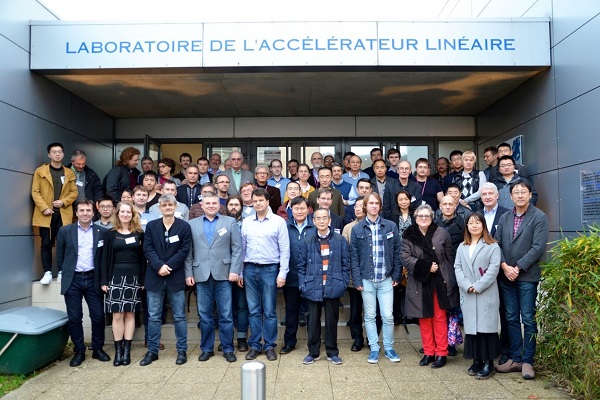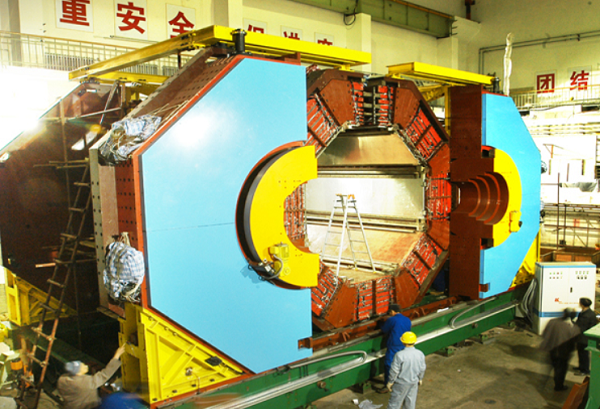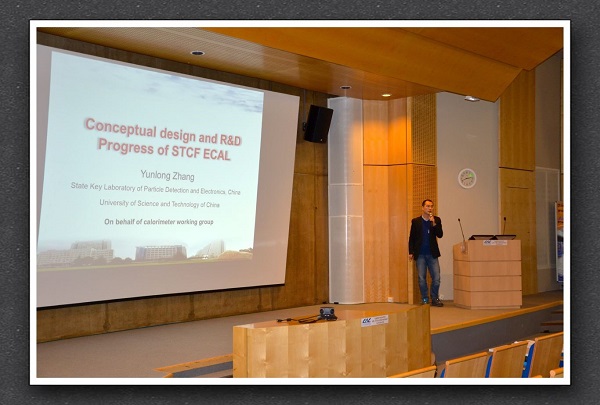
For particle physics researchers, an electron positron collider is their mighty microscope into the hidden particle world. This year, Beijing Electron-Positron Collider (BEPC) celebrates its 30th birthday, with its name changed to BEPC II after an upgrade 10 years ago.

BEPC II in Beijing (from Baidu Image)
But now, researchers form USTC, in collaboration with Russia and France, have been on their way to design an even more powerful facility, that is, the STCF.
In order to discuss the project details and to promote communication of the researchers from the three countries, for the first time a joint workshop on Future Tau-Charm Factory was held in France, from December 4 to 7, by Laboratoire de I’Accelerateur Lineaire. Participating as a member of the advisory committee, CAS member Prof. ZHAO Zhengguo led the USTC team to attend the workshop.
Designed with the center of mass energy up to 7 GeV and a luminosity of 10^35 cm−2·s−1, the STCF is of stronger power than the present BEPC II, whose luminosity is 2 orders lower. Thus, the STCF will serve as an irreplaceable platform for cutting-edge particle physics research, attracting interest from international research fields.
The workshop revisited the case via joint theory and experiment contributions, together with detailed discussions on the required accelerator and detector design. There were two proposals – one in Novosibirsk and one in Hefei, giving the base for discussions. Among 45 presentations and 11 posters in the workshop, young staff and students from USTC contributed 9 presentations and 5 posters, displaying the multi-direction progress made by the project team.

A Researcher from USTC giving a presentation (image by the workshop organizer)
The International Advisory Committee was set up during the workshop. Members include Prof. ZHAO Zhengguo and Prof. PENG Haiping, USTC. The committee held a conference about the importance of the STCF construction. Professors affirmed the respective progress made by China and Russia, and advocated the two sides carry out further in-depth and comprehensive cooperation.
The project being planned is one of the important future collider projects in China. Commissioned by Institute of High Energy Physics (IHEP), USTC leads the conceptual design and pre-research work. It has received the support of the Double First Class Plan.
(Written by QIANG Jiaxuan, edited by YANG Xinqi, USTC News Center.)